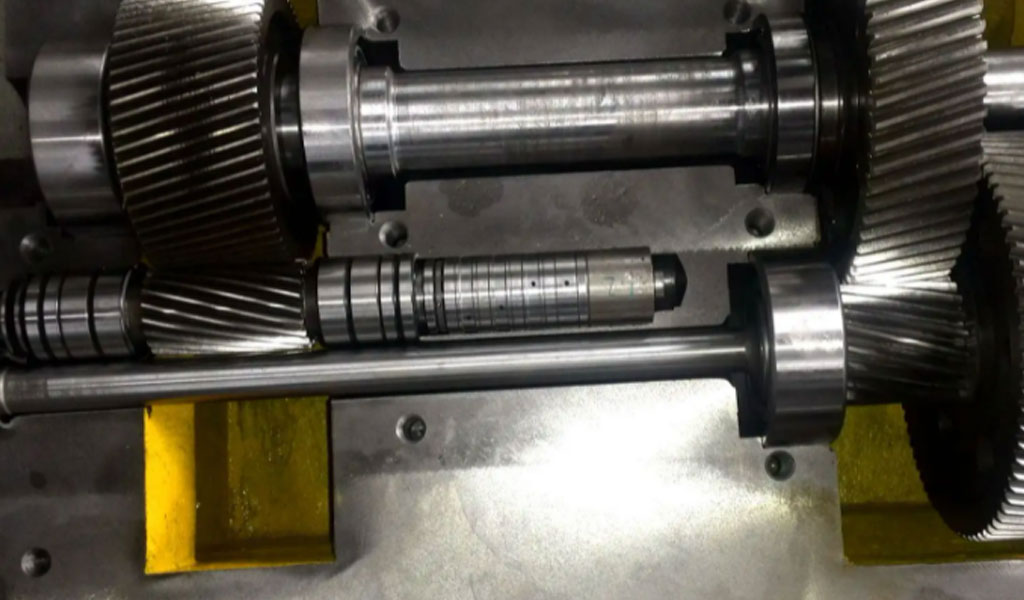
10 Assembly Rule Designs To Follow
1. Minimize the number of parts
Find ways to combine parts. For example, many electronic equipment enclosures use living hinges instead of knuckle hinges. When routing, choose a molded guide feature, or use a thermoformed guide (like the old LazerTag gun). Speaking of minimizing parts count…2. Built-in fasteners
Where possible, build assembly features directly into the part instead of using screws. Snap fits are generally equally secure and can be assembled without tools. Sometimes screws are necessary, but sparing the use of fasteners can consume up to 50% of assembly labor. One thing to note: Snap fits can add to the cost of the injection mold, so be sure to design the part to be injection friendly.3. Use Cots Parts
It’s great to be a product designer now. Many of our design issues have been resolved! Previously each thread had to be carefully engineered, but now there are hundreds of standard diameters and pitches to choose from. This goes way beyond basic nuts and bolts. Cots parts cover most functional aspects of springs, pins, motors, microcontrollers, sensors, gear designs. Not only does this allow you to focus on unique challenges, it also means that the manufacturing team already has the tools and skills to assemble your design.4. Use the same parts throughout the design and product line
WARNING ABOUT COTS PARTS: Just using standard screws is not enough. I once designed a robotic assembly where one part had M5 x 10 mm socket head cap screws and the other part was M4. Design the 5 x 12 mm hex head screws on the other part. I had to switch between assembly tools constantly; it’s easy to get confused about which screw goes where, which is a really bad idea. Don’t follow my example: Standardize parts not only on each component, but across the entire product line. Where possible, a single tool should be used for the entire assembly.5. Use Modular Design
An important application of cot parts and common parts is modularization, breaking down a design into smaller sub-assemblies, often for multiple products. Think about your first computer: you can put together some pre-assembled parts—motherboard, hard drive, graphics card, and it’s easy. As an added bonus, modular designs aren’t just great on the assembly line; they also help you extend the life of your product in the field by facilitating repairs and upgrades.6. Create unique connections
Speaking of desktop computer assembly, another great example of assembly design can be found inside and outside computer cases from the 90s to the early 2000s. Each connection is mechanically unique. The mouse cable cannot be plugged into the monitor port. The power cable port is not to be confused with the keyboard cable. Of course, I’m showing computers my current age on which everything can run using USB-C, which is much more DFA friendly (see Rule 4).7. Give parts clear direction
Related to the idea of unique connections is unique orientation: if the parts to be assembled have right and wrong orientations, figure out which way is right. Better yet, make it impossible for parts to be assembled the wrong way. For round parts this can mean just a notch, but for more complex shapes this can provide some creative design opportunities. Just don’t get too creative…8. Make parts easy to handle
Because assembly is now increasingly handled by robots. Automation costs are falling rapidly, and robots are appearing on more assembly lines. Design your aluminum cnc milling parts for robotic gripper grasping and avoid very small or very flexible parts as much as possible. People on the assembly line will appreciate this too, no one likes inserting screws with a microscope.9. Avoid precision parts and non-contact areas
Likewise, helping robots and people on assembly lines by making parts durable during assembly. Rework can easily result if parts are too delicate, or if they are easily damaged by natural skin oils. Just think, if Bruce Banner is angry, can he still complete this assembly step in 10 seconds? If the answer is no, redesign.10. Real-world tolerance design
Finally, make sure that custom parts can be easily manufactured. Tolerances accumulate, and small changes in each operation can cause a big problem, especially if your design can’t accommodate the changes. Whenever possible, give your process as much room for error as possible. Yes, a mechanic can fit your part to within ten thousandths, but you’ll be unnecessarily introducing very expensive machining if needed. With 3D printed parts, the considerations are the same: even with laser sintering there are variations, and it’s worth considering how those tolerances fit together.Be-cu aluminum machining china prototype company service include : aluminum cnc turning, aluminum milling service, aluminum extrusions, 5 axis machining aluminum, swiss machining aluminum, aluminum guide,aluminum products